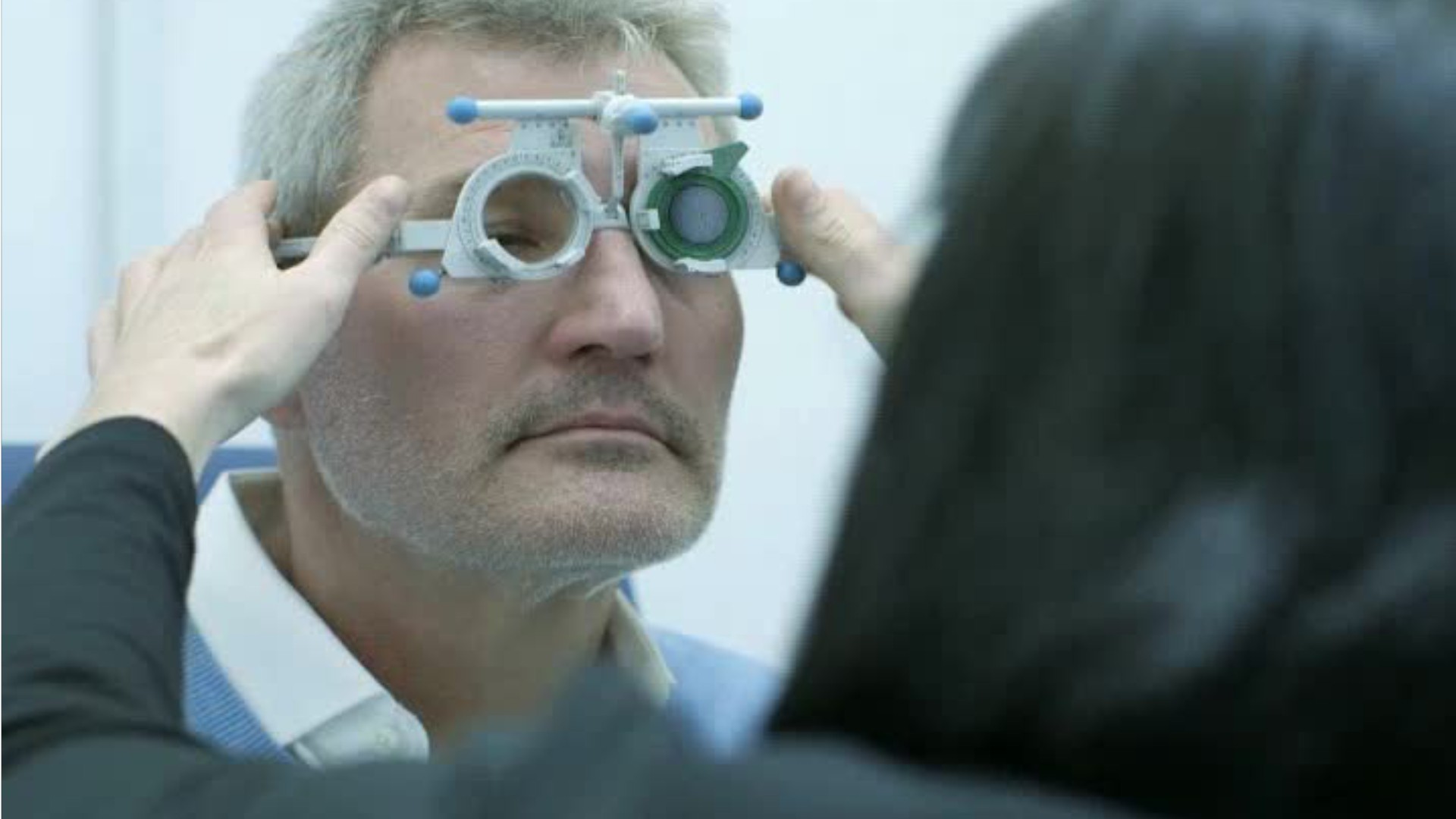Ophthalmic Medical Technicians
Certified Ophthalmic Surgical Assistant, Certified Ophthalmic Technician (COT), Ophthalmic Assistant, Ophthalmic Tech (Ophthalmic Technician)
 Select a military branch to see samples.
Select a military branch to see samples.
Aerospace Medical Service; Aerospace Medical Service Apprentice, Independent Duty Medical Technician; Aerospace Medical Service Craftsman, Flight and Operational Medical Technician; Aerospace Medical Service Helper, Allergy/Immunization Technician; Aerospace Medical Service Journeyman; Aerospace Medical Service Journeyman, Neurodiagnostic Medical Technician; Dental Assistant Helper; Health Services Management Craftsman; Ophthalmic; Ophthalmic Helper, Ophthalmology
Eye Specialist; Medical Service Corps Officer; Ophthalmologist; Optometry; Unit Supply Specialist
Health Services Technician; Medical Administration Specialty
No similar titles were found.
Hospital Corpsman; Opthalmic Surgical Technician; Optician; Optometrist
No similar titles were found.
What they do:
Assist ophthalmologists by performing ophthalmic clinical functions. May administer eye exams, administer eye medications, and instruct the patient in care and use of corrective lenses.
On the job, you would:
- Take and document patients' medical histories.
- Conduct tonometry or tonography tests to measure intraocular pressure.
- Operate ophthalmic equipment, such as autorefractors, phoropters, tomographs, or retinoscopes.
Knowledge
Business
- customer service
Health
- medicine and dentistry
Arts and Humanities
- English language
Math and Science
- arithmetic, algebra, geometry, calculus, or statistics
Skills
Basic Skills
- listening to others, not interrupting, and asking good questions
- talking to others
Social
- looking for ways to help people
- understanding people's reactions
Abilities
Verbal
- communicate by speaking
- listen and understand what people say
Hand and Finger Use
- keep your arm or hand steady
- put together small parts with your fingers
Personality
People interested in this work like activities that include practical, hands-on problems and solutions.
They do well at jobs that need:
- Cautiousness
- Attention to Detail
- Dependability
- Stress Tolerance
- Empathy
- Self-Control
Technology
You might use software like this on the job:
Spreadsheet software
- Microsoft Excel
Presentation software
- Microsoft PowerPoint
Medical software
- EyeMD EMR Healthcare Systems EyeMD EMR
- NaviNet Open
Education
Education: (rated 3 of 5)
high school diploma/GED or
certificate after high school
usually needed
certificate after high school
usually needed
Job Outlook
Bright
New job opportunities are very likely in the future.
Explore More
- Cardiovascular Technologists & Technicians
- Medical Assistants
- Neurodiagnostic Technologists
- Ophthalmic Medical Technologists
- Surgical Assistants
You might like a career in one of these industries:
See more details at O*NET OnLine about Ophthalmic Medical Technicians.





